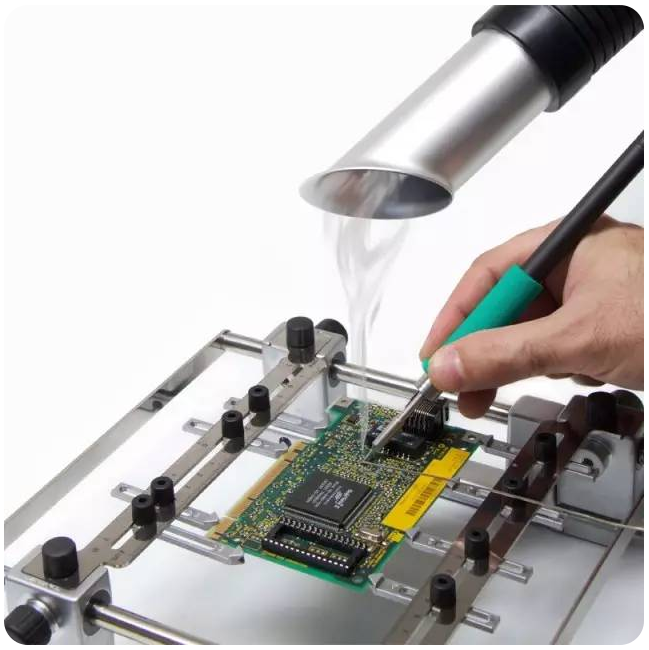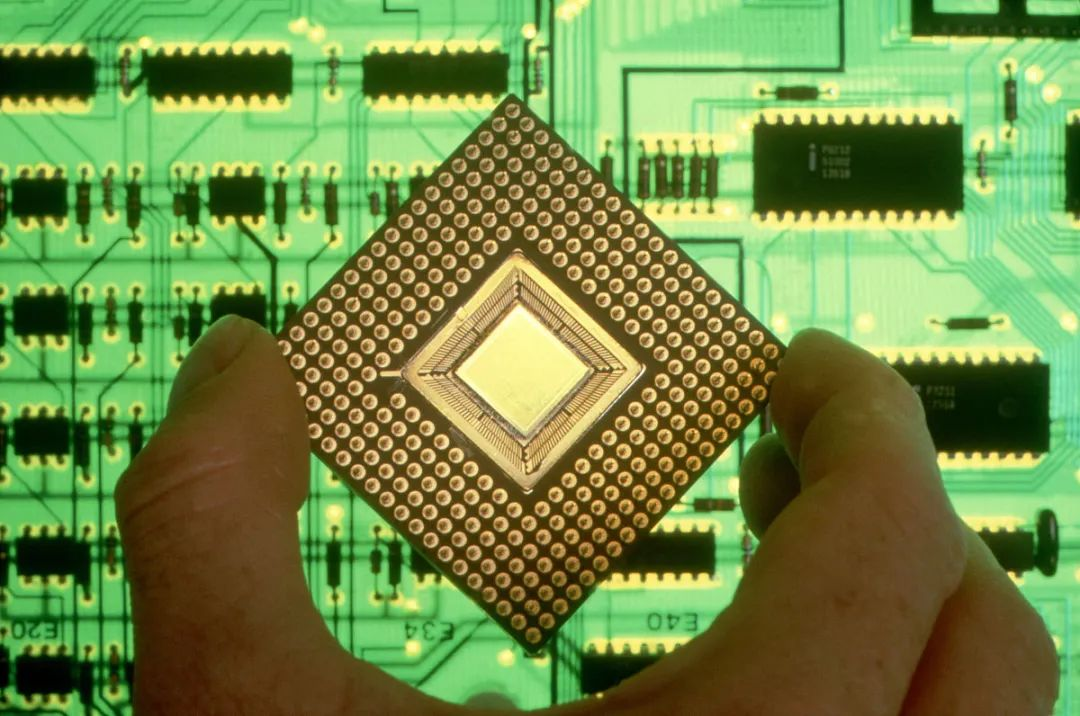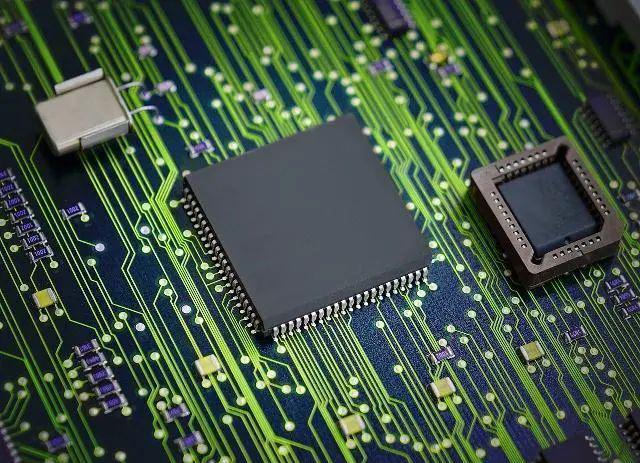There are many classification methods of sensors. There are usually 4 methods:
1. Divided into: displacement sensor, pressure sensor, speed sensor temperature sensor and gas sensitive sensor according to the input physical quantity.
2. Based on the working principle: resistance, inductance, capacitance, and potential.
3. Based on the nature of the output signal: analog sensor and digital sensor.
4. Based on the principle of energy conversion, it is divided into: active sensors and passive sensors. The source sensor converts non -electrical energy to electrical energy, such as electric momentum, charge -type sensors, etc.; The passive sensor does not afford the energy conversion effect, but the amount of non -electrical volume is rotated to the number of electrical parameters, such as resistance, inductive sensors
The types of commonly used sensors
Usually, according to its basic perception function, it can be divided into ten major ten major majority of thermist components, optical components, osteitted components, Lijin components, magnetic sensitivity elements, wet sensitivity components, sound sensitivity elements, radiation sensitive components, color sensitivity components, and Weimin components. kind.
1. Heat sensor
The thermist sensor is a conversion device that converts temperature into a telecommunications signal, which can be divided into two categories: active and passive. The former's working principle is thermal release effect, thermal power effect, and semiconductor knotting effect. The working principle of the latter is the thermal characteristics of the resistance, accounting for about 55%of the thermist sensor. This sensor is more applicable in the occasion where the temperature detection accuracy is relatively high. The broader thermal resistance materials are platinum, copper, nickel, etc. They have the characteristics of large resistance temperature coefficients, good linearity, stable performance, wide use temperature range, and easy processing. It is used to measure temperature within the range of -200 ℃ ~+500 ℃.
2. Optical sensor
The light sensor is one of the most common sensors. There are many types, mainly: optical pipes, photoelectric multiplication pipes, photoresist resistance, solar cells, solar batteries, infrared sensors, ultraviolet sensors, fiber optoelectronics sensors, color sensors, CCDs and CCD and CMOS image sensor, etc. Major domestic manufacturers include the OTRON brand. The light sensor is one of the most output and the most widely used sensor. It occupies a very important position in automatic control and non -electrical electricity testing technology. The easiest light sensor is the light resistance, and the current will generate current when the photon shock junction is generated.
3. Qi -sensitive sensor
Qi -sensitive sensor is a sensor used to detect gas concentration and ingredients, which plays a very important role in environmental protection and safety supervision. The gas -sensitive sensor is exposed to the gas of various ingredients. Because the temperature and humidity of the detection site have changed a lot, there are a lot of dust and oil mist, so their working conditions are harsh, and the material of the gas to the sensing element is material. Chemical reactions are generated, attached to the surface of the component, often making their performance worse. Therefore, there is the following requirements for the gas -sensitive sensor: it can detect the allowable concentration of the alarm gas and the gas concentration of other standard values. It can work stable for a long time, good repetitiveness, fast response speed, and small effects caused by coexisting substances.
4. Limin sensor
Limin sensor is a conversion device that converts mechanics such as stress and pressure into a electrical signal. The Limin sensor has various forms such as resistance, capacitance, inductance, voltage and current, and they each have advantages and disadvantages. It is widely used in various industrial self -control environments, involving water conservancy and hydropower, railway transportation, smart buildings, production self -control, aerospace, military, petrochemical, oil wells, electric power, ships, machine tools, pipelines and other industries.
5. Magnetic sensor
Hall sensors are a magnetic field sensor based on Hall effect, which is widely used in industrial automation technology, detection technology and information processing. Hall effect is the basic method of studying the performance of semiconductor materials. The Hall coefficient measured by Hall effect experiment can judge important parameters such as conductive type, load concentration, and load migration rate of semiconductor materials. The Hall effect sensor is a passive sensor. It must have external power supply to work. This feature allows it to detect the operation of low speed.
6. Wet sensitivity sensor
The wet sensor sensor can feel the external humidity changes and change the humidity into a device with the physical or chemical properties of the device material into a device with a useful signal. The characteristic requirements of the ideal wet sensitivity sensor are suitable for use within the wide temperature and wet range, and the measurement accuracy should be high; long service life and good stability; fast response speed, small wet stagnation difference, good reproducibility; sensitivity High, good linear, small temperature coefficients; simple manufacturing process, easy to produce in batches, simple conversion circuits, low cost; corrosion resistance, low temperature and high temperature characteristics, etc.
7. Sound sensor
Sound sensor is a sensor used for flow detection. The sensor can be set with power when wiring, and operates in a range mode of high/low sensitivity. The high -sensitivity volume is suitable for high -frequency signals that fluctuate at 40dB. The low -sensitivity range is applied to high -frequency signals from 28DB to 68DB. The sensor can operate alone by providing external power supply to control the device. Sound sensor is mainly used for solid flow detection. At the same time, the device can also be used for the detection of water pump air erosion and liquid leakage, and then generates sufficient sound alarm.
8. Radiation sensor
After the material is radiated, it is irradiated. Some characteristics (such as refractive index) change. Collective referred to as radiation effects. For example, after some special ingredients (fiber -doped fiber) made of special ingredients, the refractive index changes. The receiving light intensity changes, so it can be made into a fiber radiation sensor. The role of radiation and material is the basis of all nuclear radiation sensors.
9. Visual sensor
The visual sensor has a pixel that captures the light from a whole image. The clearness and delicateness of the image are usually measured by resolution, which is represented by the number of pixels. The low cost and ease of visual sensor have attracted machine designers and craft engineers to integrate them into various types of applications that have relying on artificial, multiple photoelectric sensors, or unbridled applications at all. The industrial applications of visual sensors include inspection, measurement, measurement, directional, defect detection and separation.
10. Weimin sensor (electronic tongue)
The electronic tongue is an analog tongue to analyze, identify and judge the sample measurement of samples, and use multiple statistical methods to process the obtained data, quickly reflect the overall quality information of the sample, and realize the identification and classification of samples. It is a detection technology based on the overall characteristics of the sample as the overall characteristic response signal that uses the multi -sensing arrays as the foundation to perceive the overall characteristics of the sample. It is mainly composed of three parts: the taste sensor array, the signal acquisition system and the mode recognition system.
For more electronic conponents,please refer to:https://www.ciselec.com/en/products.html











